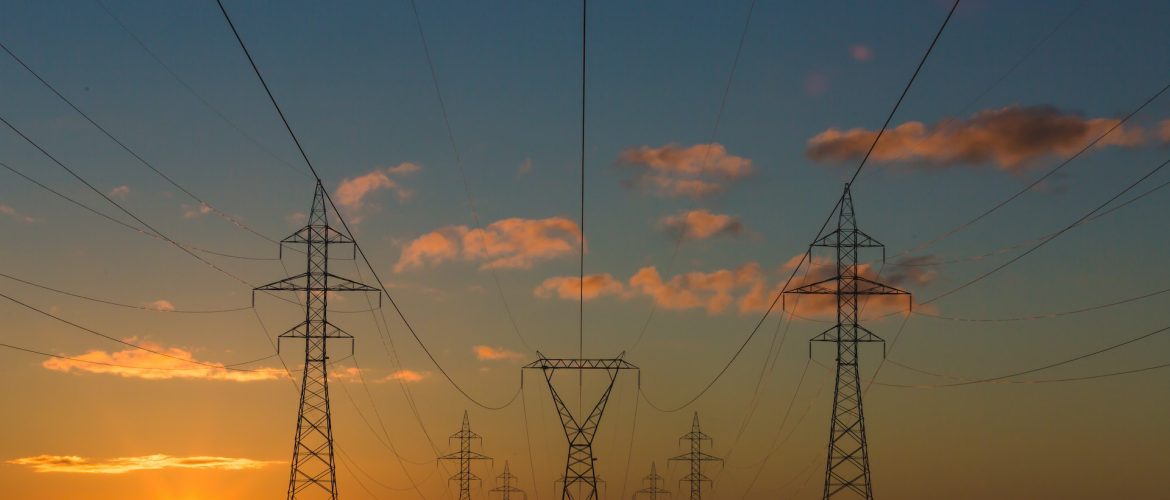Demystifying Load Shedding
Load shedding, an often-used term in energy circles and water cooler talks, might not be universally understood. For many, it has disruptive connotations: darkness, chilly homes, nonfunctional appliances. It’s about time we lifted the veil and took a closer look at what load shedding really entails and its impact on our daily lives and environments.
Power Balance: The Basic Principle
At its core, load shedding is an intentional rollover blackout in an electrical power system. This method is implemented to prevent a total grid collapse due to excess demand or compromised supply – think of it as a safety valve for power suppliers. The action pivots around a simple principle: balance. Energy supply systems must maintain a precarious equilibrium between electrical creation and utilization. If demand outweighs supply and imbalance ensues, emergency measures, i.e., load shedding, are activated to restore the balance.
Common Causes of Load Shedding
When it comes to load shedding, there are usual suspects. At the top of the list is:
- Insufficient power generation: This can be due to a shortage of fuel or technical problems in power plants.
- High demand: During certain times, like evenings, there’s a surge in power use.
- Powerline failure or maintenance: Faulty transmission lines or essential maintenance can necessitate load shedding.
- Natural disasters: Floods, storms or fires can damage power plants or transmission lines leading to system imbalance.
Short-term Frustration for Long-term Preservation
Although interruption of power supplies can be frustrating and inconvenient, load shedding plays a crucial role in preserving the integrity of the power system. It helps avoid blackouts that could last for days or even weeks, causing much larger discomfort and disruption. Given the option, most people would choose the inconvenience of scheduled outages over the unpredictability of long-term blackouts.
Preventing Load Shedding
Prevention, as always, is better than cure. Efforts are being made globally to curb load shedding through:
- Power generation enhancements: Updating old, inefficient power plants and switching to renewable energy sources.
- Embracing energy efficiency: Minimising unnecessary energy usage by utilising energy-efficient appliances and devices.
- Smart grid technology: Employing this technology allows for better forecasting of power demands and supply.
Staying Power: The Bottom Line
Load shedding is a tactic to keep our power supply systems in check. While it can be a source of frustration, understanding the purpose and principles behind it can provide some solace during the inevitable power cuts. The onus lies on both the suppliers and consumers to manage energy more efficiently and move towards a future where load shedding becomes a thing of the past.


No comments yet.